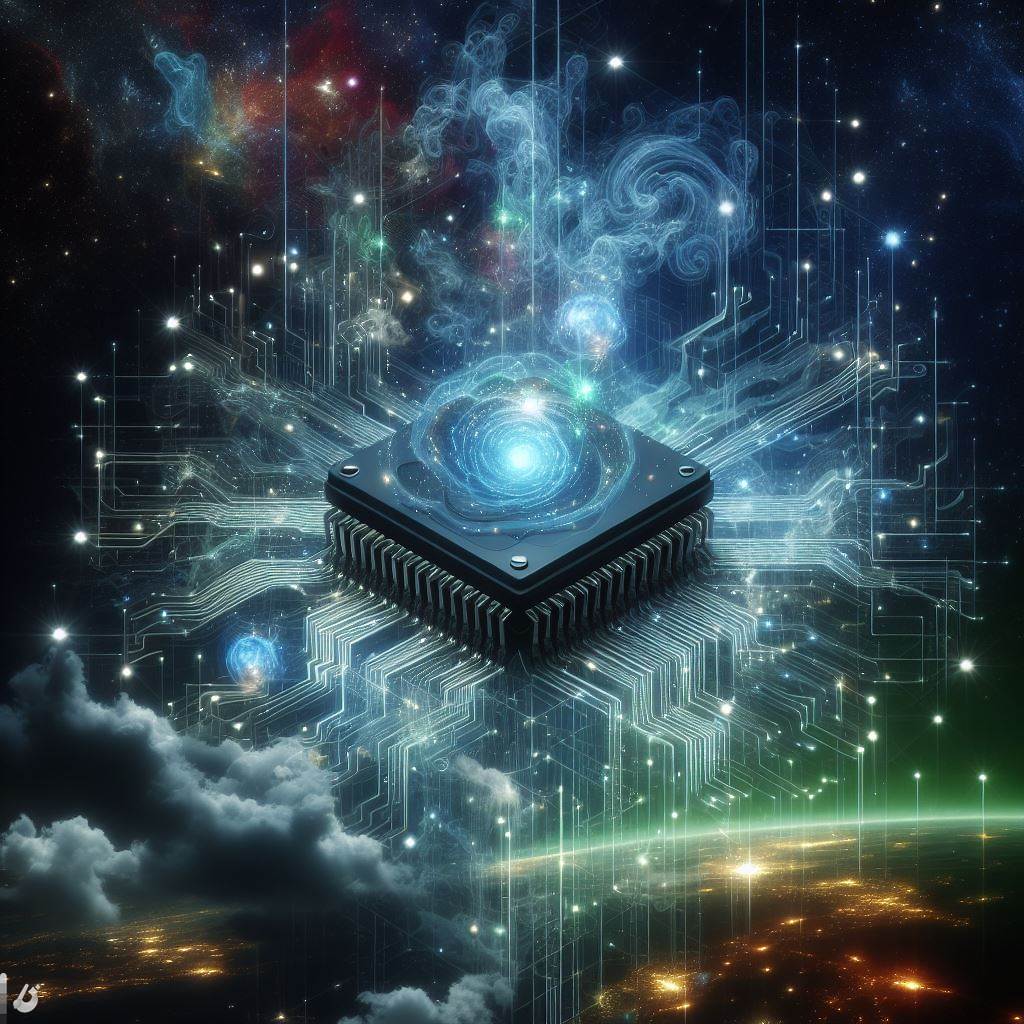Text-to-image models are AI systems that can generate realistic and creative images from natural language descriptions. These models have many potential applications, such as content creation, education, entertainment, and visual communication. In this post, we will compare two of the most advanced text-to-image models: Google Imagen 2 and OpenAI Dall-E 3.
What is Google Imagen 2?
Google Imagen 2 is a text-to-image diffusion model that was released by Google Research in August 2023. It builds on the power of large transformer language models, such as T5, in understanding text and hinges on the strength of diffusion models in high-fidelity image generation. Diffusion models are a type of generative model that learn to generate images by gradually adding details from a noisy initial state. Google Imagen 2 uses a large frozen T5-XXL encoder to encode the input text into embeddings, and then uses multiple diffusion models to generate images at different resolutions, starting from 32×32 and ending at 512×512 pixels.
Google Imagen 2 can generate novel images from scratch, as well as edit existing images by regenerating any rectangular region that extends to the bottom-right corner. It can also handle complex and diverse text prompts, such as creating anthropomorphic versions of animals and objects, combining unrelated concepts, rendering text, and applying transformations. Google Imagen 2 achieves a new state-of-the-art FID score of 7.27 on the COCO dataset, without ever training on COCO. FID score is a metric that measures the similarity between two sets of images, where lower scores indicate higher quality and diversity. Google Imagen 2 is also being incorporated into multiple Google products, such as Google Slides, Cloud Vertex AI, and Android’s Generative AI wallpaper.
What is Dall-E 3?
Dall-E 3 is a text-to-image model that was announced by OpenAI in September 2023. It is an improved version of Dall-E 2, which was launched in January 2021. Dall-E 3 is also a transformer language model, but unlike Google Imagen 2, it does not use diffusion models. Instead, it uses a single autoregressive decoder to generate images pixel by pixel, conditioned on the text embeddings extracted from a pre-trained large language model (LLM), such as GPT-3. Autoregressive models are another type of generative model that learn to generate images by predicting the next pixel given the previous ones.
Dall-E 3 understands significantly more nuance and detail than Dall-E 2, allowing users to easily translate their ideas into exceptionally accurate images. Dall-E 3 can also generate images that exactly adhere to the text prompts, without ignoring words or descriptions. Dall-E 3 is built natively on ChatGPT, which is a conversational AI platform that lets users use ChatGPT as a brainstorming partner and refiner of their prompts. ChatGPT can automatically generate tailored, detailed prompts for Dall-E 3 that bring the user’s idea to life. It can also make tweaks to the generated images with just a few words. Dall-E 3 is available to all ChatGPT Plus and Enterprise users, and will be available via the API and in Labs later this fall.
How do they compare?
Both Google Imagen 2 and Dall-E 3 are impressive text-to-image models that can generate high-quality and creative images from natural language. However, they have some differences in terms of their architectures, capabilities, and performance. Here are some of the main points of comparison:
- Architecture: Google Imagen 2 uses a combination of a large frozen language encoder and multiple diffusion decoders, while Dall-E 3 uses a single autoregressive decoder conditioned on a pre-trained language model. This means that Google Imagen 2 can generate images at different resolutions, while Dall-E 3 can only generate images at a fixed resolution of 256×256 pixels. However, Dall-E 3 can leverage the power of the language model to generate more accurate and diverse images, while Google Imagen 2 relies on the quality of the text embeddings from the frozen encoder.
- Speed: Google Imagen 2 is faster than Dall-E 3, as diffusion models can generate images in parallel, while autoregressive models have to generate images sequentially. Google Imagen 2 can generate an image in about 10 seconds, while Dall-E 3 can take up to a minute. However, Dall-E 3 can benefit from the speed of ChatGPT, which can generate prompts and edits for Dall-E 3 in seconds.
- Quality: Both models can generate realistic and creative images, but Dall-E 3 has an edge over Google Imagen 2 in terms of the fidelity and alignment of the images. Dall-E 3 can generate images that exactly match the text prompts, without missing or adding any details. Google Imagen 2 can sometimes generate images that are not consistent with the text prompts, or that have artifacts or distortions.
Conclusion
Google Imagen 2 and Dall-E 3 are two of the most advanced text-to-image models that can generate realistic and creative images from natural language. They have different strengths and weaknesses, depending on the user’s needs and preferences. Google Imagen 2 is faster, more scalable, and more imaginative, while Dall-E 3 is more accurate, more aligned, and more interactive. Both models are pushing the boundaries of what is possible with AI and opening new possibilities for visual creativity.
Also Read: 10 Effortless Ways to Boost Content Creation with Chat GPT
